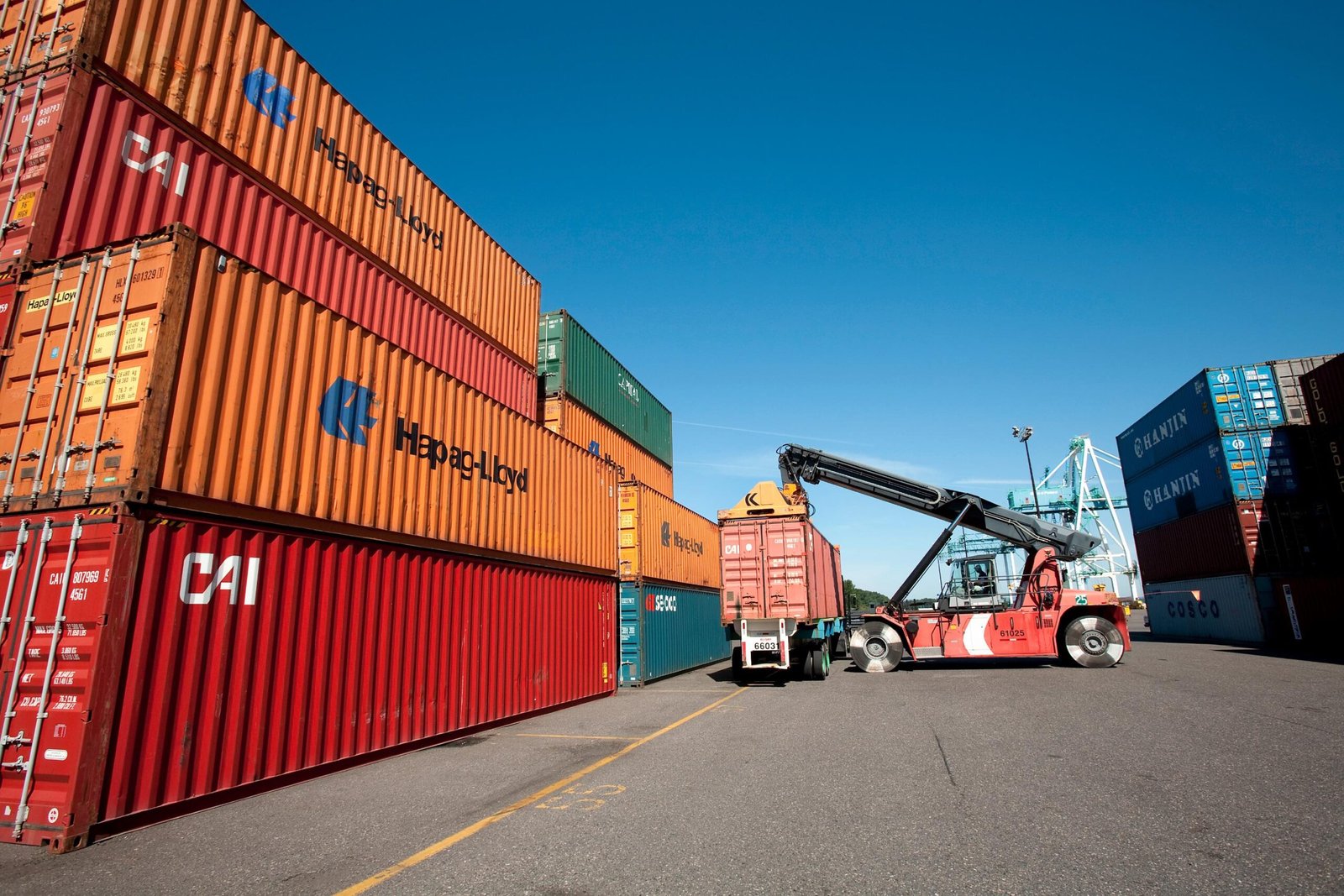California has long been a symbol of both innovation and inequality—a state of dazzling opportunity shadowed by one of the nation’s most severe housing shortages. As home prices soar and homelessness rises, architects, city planners, and builders are searching for unconventional solutions. Among the most discussed—and debated—is the shipping container home.
Once purely the domain of experimental architects, container-based housing is now entering mainstream conversations about affordability, sustainability, and rapid construction. But can these compact, industrial boxes truly bridge the gap between design innovation and livable housing, or are they a temporary patch on a much deeper problem?
The Promise of the Shipping Container
At first glance, the appeal is obvious. Shipping containers are durable, stackable, and plentiful. Made of corrosion-resistant steel, they’re built to endure harsh ocean travel and can be repurposed into everything from micro-homes to pop-up restaurants and emergency shelters.
In Oakland and other Bay Area cities, the trend has gained momentum. Entrepreneurs and developers have turned old containers into backyard accessory dwelling units (ADUs), student housing, and even office spaces. The aesthetic—industrial minimalism with a sustainable edge—aligns with California’s eco-conscious and design-forward culture.
But the appeal isn’t just visual. A single container can be purchased for a few thousand dollars, potentially slashing material costs. With traditional construction bogged down by long permitting processes and rising labor prices, containers promise a faster, more adaptable alternative.
This potential has positioned used shipping containers for sale Oakland as more than just surplus steel—they represent a creative response to one of the state’s defining challenges.
Building Affordability—or the Illusion of It?
The idea of using shipping containers for affordable housing has captivated urban planners, especially in high-cost cities like Oakland, San Francisco, and Los Angeles. But the reality is more complex than stacking boxes and adding insulation.
Converting a container into a livable space requires extensive modifications: cutting openings for windows and doors, installing plumbing and electrical systems, and adding insulation to manage California’s fluctuating temperatures. These changes can cost tens of thousands of dollars—sometimes rivaling traditional construction costs.
Moreover, container housing must comply with state building codes, zoning laws, and environmental standards. In California, where regulatory layers are thick and permits slow-moving, even the simplest modular project can face bureaucratic hurdles.
The result is that while containers can reduce material costs, they don’t necessarily eliminate the financial or administrative barriers that drive the housing crisis in the first place.
A Sustainable Solution—or a Recycling Myth?
Shipping container housing is often celebrated as “green architecture,” but that label deserves scrutiny. Yes, reusing steel containers reduces waste and gives new life to industrial byproducts—but not all containers are suitable for reuse.
Many have transported chemicals or hazardous materials, requiring thorough cleaning or replacement of contaminated flooring. Cutting and welding steel also consume energy and release emissions.
The environmental benefit is strongest when containers are locally sourced, minimally modified, and part of a larger strategy to reduce urban sprawl. In that sense, containers are most sustainable not as stand-alone solutions, but as components of a broader, circular construction ecosystem.
For Oakland, a port city with direct access to decommissioned containers, the logistics make more sense than in inland regions. The proximity to shipping infrastructure reduces transportation costs and carbon impact, aligning with California’s sustainability goals.
Still, the “eco-friendly” narrative must be balanced against lifecycle realities: steel is durable, but the energy needed to make it habitable can offset much of the intended environmental gain.
Social and Cultural Dimensions
Beyond economics and ecology, container housing raises social and psychological questions. Can a metal box ever feel like home?
Critics argue that container developments risk replicating the very inequalities they’re meant to address. When deployed hastily or without community input, container housing can feel more like a stopgap than a dignified, long-term solution.
However, when designed thoughtfully—with attention to comfort, aesthetics, and neighborhood integration—they can transform perceptions. In Los Angeles, projects like Flyaway Homes have proven that container housing can provide affordable, attractive dwellings for formerly homeless individuals. The success lies not just in the materials, but in the design philosophy: community-oriented, scalable, and human-centered.
Oakland’s growing network of urban designers is beginning to follow similar models, combining art, sustainability, and accessibility in ways that celebrate local identity rather than industrial uniformity.
The Economics of Speed
One of the most compelling arguments for container construction is speed. While traditional housing projects can take years to break ground due to financing and permitting delays, container housing can be assembled in a matter of weeks once approvals are secured.
This makes it particularly valuable in crisis situations—disaster relief, emergency shelters, or transitional housing. During California’s wildfire seasons and pandemic surges, temporary modular housing proved essential for displaced residents and frontline workers.
But the trade-off between speed and permanence remains. Short-term housing can relieve immediate pressure, but it doesn’t address systemic issues like land scarcity, income inequality, or urban zoning that restricts multi-family housing.
Without addressing these deeper challenges, container housing risks becoming a quick fix in a state that needs structural reform.
The Hybrid Future of Urban Housing
The future of housing in California isn’t binary—it’s hybrid. Shipping containers may not replace traditional homes, but they’re redefining how we think about flexibility, sustainability, and rapid deployment.
In Oakland, architects are exploring modular systems that blend containers with cross-laminated timber and recycled materials. These hybrid structures reduce carbon footprints while providing scalability and aesthetic diversity.
Meanwhile, policymakers are beginning to see the potential for mixed-use modular neighborhoods—integrating housing, retail, and public space into cohesive, adaptive environments.
If implemented strategically, containers could serve as catalysts for innovation rather than symbols of compromise.
A Realistic Outlook
Shipping containers alone can’t solve California’s housing crisis. The roots of the problem—land use restrictions, income inequality, and lack of affordable financing—run too deep. But they can be part of a broader, more flexible strategy for creating adaptable housing stock in dense or disaster-prone regions.
Their greatest potential lies not in replacing conventional housing, but in supplementing it—providing quick, affordable, and sustainable options where traditional models fall short.
In the end, containers are a reflection of the very problem they aim to fix: a system stretched to capacity, searching for new ways to hold together.
And perhaps that’s their most valuable contribution—not a perfect solution, but a powerful reminder that solving the housing crisis will require just as much creativity as construction.





